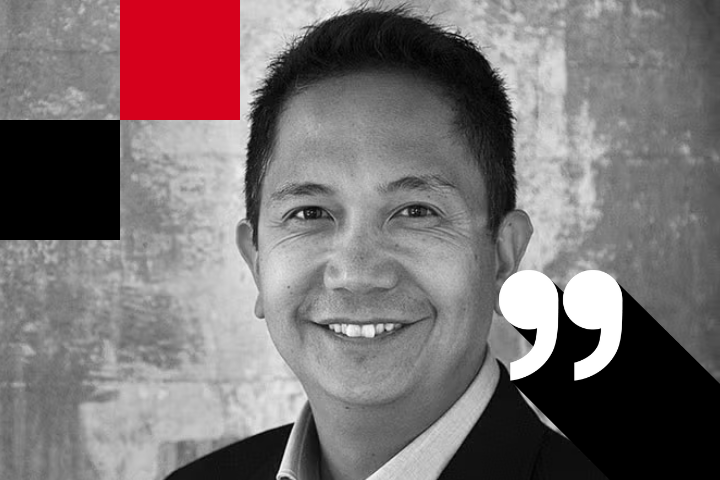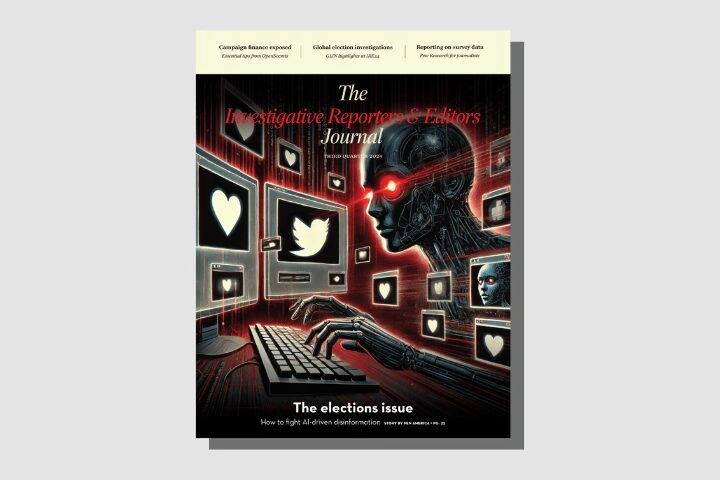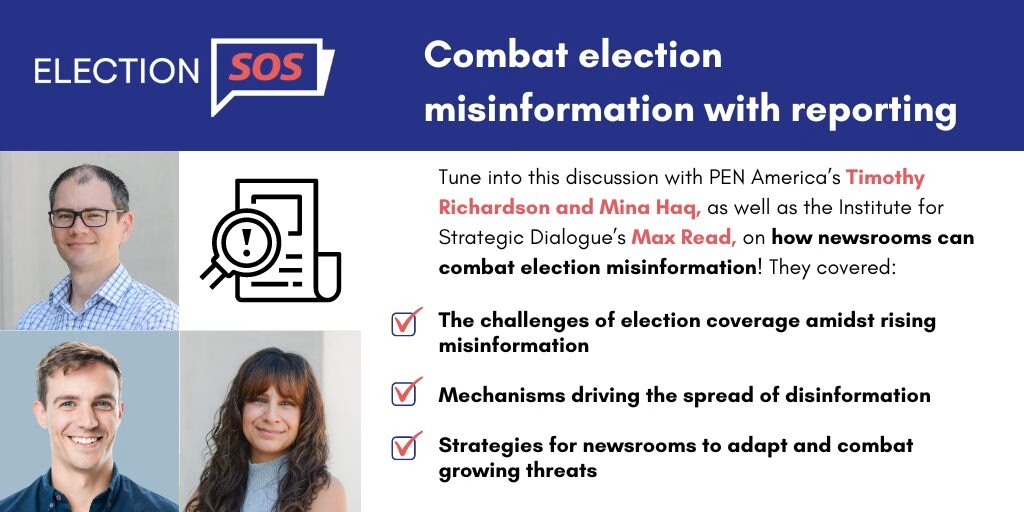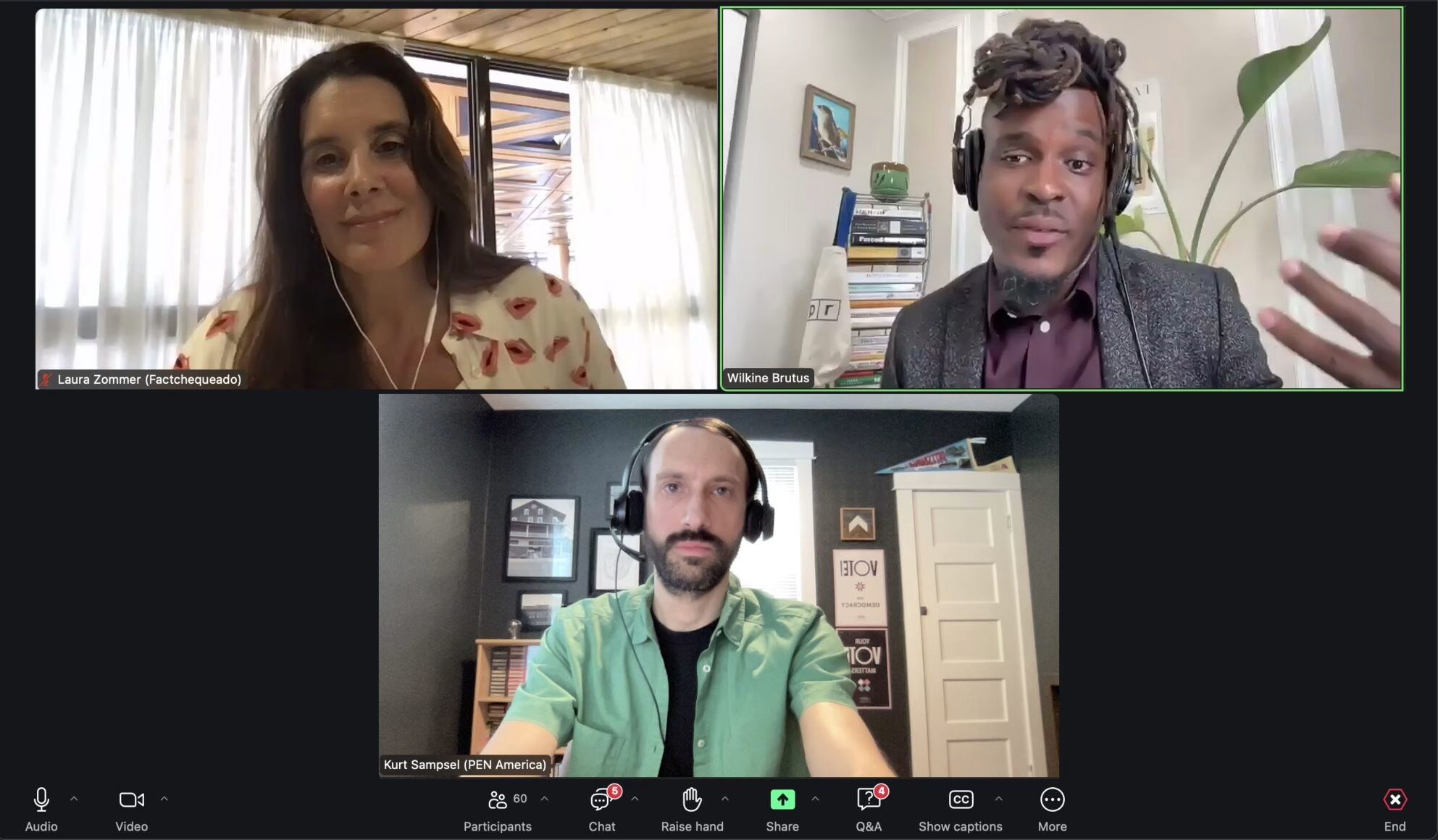This Q&A is part of a series of interviews with journalists and experts who regularly handle disinformation. The interviews will appear regularly through the election and beyond to highlight best practices, insights, case studies and tips. Our goal is to provide a resource to assist reporters and community members through the news events of 2024.

Andrew DeVigal is the endowed chair in journalism innovation and civic engagement, and director of the Agora Journalism Center at the University of Oregon’s School of Journalism and Communication. DeVigal helped to create Gather, a platform to support community-minded journalists, and the Doers Gathering, a toolkit for community-driven solutions to local issues.
This interview was edited for length and clarity.

What role can local journalists play in the fight against disinformation, specifically as it relates to local politics and the 2024 election? What do you think they can teach their counterparts on national political beats?
Local journalists are pivotal in combating disinformation, particularly in the context of regional politics and the upcoming election. They have the unique advantage of being deeply embedded in their communities, which allows them to understand local issues, stakeholders and cultural nuances. This proximity enables them to quickly identify and correct false information circulating within their communities. Moreover, local journalists can foster stronger trust relationships with their audiences by being more accessible and transparent, encouraging community members to turn to them for reliable information rather than dubious sources.
They can also teach their national counterparts the importance of community engagement and relationship-building. Engaged journalism, which emphasizes collaboration with the public, can be particularly effective. Local journalists can gather diverse perspectives and foster a more inclusive narrative that mitigates the spread of misinformation by actively involving community members in the reporting process. National journalists can adopt these practices to build trust and credibility on a larger scale, emphasizing transparency and community participation to combat disinformation.
What is your biggest concern or fear about the way false information spreads within communities?
Its potential to erode trust in legitimate news sources and democratic institutions. Disinformation can polarize communities, creating divisions based on falsehoods and undermining social cohesion. It also hampers informed decision-making, which is crucial for a functioning democracy, especially during elections. Additionally, the rapid spread of false information through social media and other digital platforms makes it challenging to correct inaccuracies promptly, allowing misinformation to take root and influence public opinion before accurate information can be disseminated.
What concerns do you have about the profession itself and how the spread of disinformation and rising distrust affect journalism?
One major concern is the decline in public trust, which is essential for the survival and effectiveness of journalism. As trust diminishes, so does the public’s willingness to support and fund journalism, potentially leading to reduced resources and staff cuts that further weaken the industry’s ability to combat misinformation. Journalists may face increased hostility and skepticism from the public, making engaging with communities and gathering accurate information more difficult.
What does work when it comes to covering or otherwise trying to counter the spread of disinformation in local communities? Do you talk to your students about this?
Community-centered journalism practices have proven effective in countering disinformation in local communities. This approach involves journalists actively listening to their communities, understanding their concerns, and involving them in news production. Social media and messaging apps can play a significant role in this effort, both positively and negatively. On the one hand, social media can amplify misinformation quickly; on the other hand, it provides powerful tools for direct engagement and rapid dissemination of accurate information.
For example, media organizations like Documented have effectively used platforms like WhatsApp to build community and provide reliable information directly to their audience. By creating a two-way communication channel, they can quickly identify and address misinformation, provide timely updates, and engage with the community meaningfully. Similarly, platforms like Hearken facilitate direct communication and feedback from the public, helping to create a dialogue that addresses community concerns and misinformation. Think Hearken’s Election SOS.
Local journalists can use solutions-journalism techniques to focus on stories that highlight problems and explore potential solutions. This approach helps build trust and encourages community participation in the news process.
In my teaching, I emphasize the importance of these methods and encourage students to adopt them in their work. We discuss practical strategies for engaging with communities, understanding their information needs, and using digital tools to enhance transparency and trust. However, it is crucial to balance the use of technology with real-life engagement.
What do you think doesn’t work or is less effective?
One of the less effective approaches is relying solely on reactive fact-checking after misinformation has already spread. While fact-checking is important, there must be more time to counteract the initial impact of false information. Research indicates that misinformation can spread and take root quickly, making later corrections less impactful.
Additionally, simply debunking myths without addressing why people believe and share misinformation can be ineffective. Understanding the social and psychological factors driving the spread of false information is crucial. For instance, confirmation bias leads people to accept information confirming their beliefs and dismiss contradictory evidence.
Do you have examples or case studies about disinformation playing out locally or on campus that you found particularly illuminating or educational?
Yes, there are several compelling examples of how local journalists have addressed disinformation effectively:
Outlier Media: Outlier Media provides an excellent case study of using SMS to directly connect with Detroit residents, offering critical information about housing and utilities. This engagement helps combat misinformation by providing residents with timely, verified information directly, ensuring they have access to the resources they need to make informed decisions. Outlier Media’s approach has led to significant community impact, including policy changes around rental inspections and assisting residents in avoiding tax foreclosure and eviction.
NOISE Omaha: NOISE Omaha emerged from a community information-needs assessment and has been deeply rooted in the historically Black community of North Omaha. This organization has focused on training community members in reporting methods and creating platforms for residents to be heard. During the social justice protests in 2020, NOISE Omaha responded with urgency and continued to evolve by asking what the community needs now, rather than focusing solely on breaking news. This approach has allowed them to reclaim the narrative of North Omaha and support their staff effectively.
Scalawag’s “As the South Votes” Project: Scalawag magazine addressed voter suppression in the South through localized coverage, a text-based hotline, and weekly video explainers. They focused on answering common questions about voting by mail, identifying voter suppression, and combating voter intimidation. By leveraging platforms like Instagram and partnering with organizations like Press On for virtual town halls, Scalawag was able to provide accurate information and support to Southern voters during the 2020 election.
You mentioned how crucial it is to strike a balance between technology and real-life engagement when it comes to covering disinformation. What is the ideal balance between real life and technological engagement? How do journalists maintain it when false information is so often spread online?
The importance of that – the balance between real-life engagement and digital engagement – is really the importance of local news. In person, it’s harder to achieve at a national level. The national organization that tries to bring people together, it’s pretty rare, but it does happen on occasion. The New York Times a couple of years ago brought a bunch of folks in Texas together to engage with each other. What I mean by the balance of both digital and in real life, it really is pertaining to local news, and how important it is for local news to be out there in the community and be in person, host events, and follow up. Take advantage of the convenience of online engagement when you can, but it’s so difficult to replace the importance of in-person engagement because you get to see real people. When you think about pink slime newsrooms that penetrate our local communities and information ecosystems, they’re produced by people who don’t live in the area, if not robots. To combat that, I think it’s having local community members see you as local journalists or see you as trusted local information providers to the community because they know you’re a real person.
You deal with a lot of younger journalists or prospective journalists while teaching. What advice do you have for journalists who are nervous about covering disinformation in politics?
Find a trusted mentor or community to answer your questions, or even just find different perspectives and experiences from seasoned journalists. Finding community is so important. That’s one of the reasons why we developed Gather is because we wanted to build those communities that support journalists.
What keeps you hopeful, as disinformation spreads and generative AI gets more advanced?
What keeps me hopeful is I stay engaged in my community. I don’t just look at national news. That’s not my only diet – I look at my local news. That’s where we’re going to solve the problems. What keeps me hopeful is to stay in my community, not stay within my community, because I think that creates bubbles, but to stay in my community, to be out there in the real world. Not just the greater world, but what’s around me. Proximity. That’s what keeps me hopeful. My daughter is 14, so I look at her and I’m like, ‘well, I hope we’re not going to mess everything up for her.’ We already messed up on climate change, but I like to remain hopeful, because I feel like she’ll take over at some point, so we can’t mess up too badly.
Before joining the University of Oregon, DeVigal was an award-winning multimedia editor at The New York Times, where he helped produce interactive storytelling during a crucial point in the publication’s transition to a digital-first platform.










